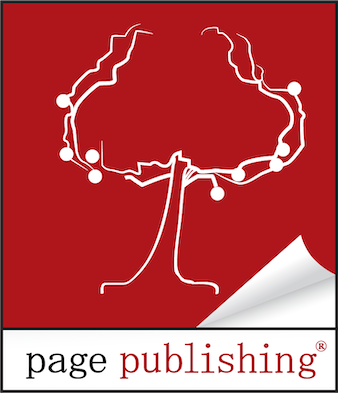1. AI-Driven Content Creation
Artificial Intelligence (AI) is becoming increasingly sophisticated in content creation. AI tools are now able to assist writers with everything from generating ideas and drafting text to editing and proofreading. While AI-generated content is not a replacement for human creativity, it’s becoming a valuable tool for streamlining the writing process and enhancing productivity. Writers are using AI to brainstorm, refine their narratives, and even personalize content for specific audiences.
2. Rise of Interactive and Immersive Stories
Interactive and immersive storytelling is gaining momentum. With advancements in augmented reality (AR) and virtual reality (VR), readers can now experience stories in more engaging ways. Publishers are experimenting with AR-enhanced books and VR storytelling experiences that allow readers to step into the narrative and interact with characters and settings. This trend is opening up new possibilities for how stories are told and consumed.
3. Sustainability in Publishing
Sustainability is becoming a major focus in the publishing industry. As environmental concerns grow, publishers are adopting more eco-friendly practices. This includes using recycled materials for book production, reducing carbon footprints, and exploring digital-first publishing models. Readers are increasingly supportive of sustainable practices, and publishers are responding by making more environmentally conscious choices.
4. Diversification of Voices and Stories
The push for diversity and inclusion in literature continues to grow. In 2024, we’re seeing an even greater emphasis on amplifying underrepresented voices and stories. Publishers are prioritizing books by authors from diverse backgrounds, exploring a wide range of cultural perspectives, and addressing social issues. This trend is helping to enrich the literary landscape and offer readers a broader array of experiences and viewpoints.
5. Growth of Self-Publishing and Hybrid Models
Self-publishing and hybrid publishing models are on the rise. With advancements in technology and distribution platforms, authors are increasingly taking control of their publishing journeys. Hybrid publishing, which combines elements of traditional and self-publishing, is also gaining popularity. This model offers authors more creative freedom and higher royalty rates while still providing professional support and distribution channels.
6. Short-Form and Serialized Content
Short-form content and serialized storytelling are becoming more prominent. Readers are drawn to bite-sized, easily digestible content that fits into their busy lives. Serialized novels and stories released in episodic format are gaining traction, allowing authors to build anticipation and engage readers over time. Platforms like Substack and serialized fiction apps are supporting this trend by providing new avenues for publishing and consumption.
7. Enhanced Data Analytics for Targeted Marketing
Data analytics is playing a crucial role in publishing and marketing strategies. Publishers are leveraging data to gain insights into reader preferences, optimize marketing campaigns, and tailor content to specific audiences. Enhanced data analytics tools are enabling more precise targeting, helping authors and publishers connect with readers more effectively and maximize their impact.
8. Evolving Book Formats and Delivery Methods
The format and delivery of books are evolving to meet changing reader preferences. E-books and audiobooks continue to grow in popularity, offering convenience and flexibility. Additionally, print-on-demand services are making it easier for readers to access rare or niche titles. Publishers are also experimenting with new formats, such as interactive e-books and multimedia-rich content, to enhance the reading experience.
9. Focus on Mental Health and Well-being
Mental health and well-being are becoming central themes in literature. Readers are seeking books that address mental health issues, offer support, and promote self-care. Authors are increasingly exploring these topics in their work, contributing to a broader conversation about mental health and providing valuable resources for readers seeking understanding and empathy.
10. Rise of Collaborative Writing Projects
Collaborative writing projects are gaining popularity as authors team up to create unique and diverse works. Co-authorship allows writers to blend their styles, share expertise, and reach new audiences. This trend is fostering innovation and creativity, leading to fresh and exciting literary collaborations that push the boundaries of traditional storytelling.
As we navigate 2024, the publishing and writing industry is embracing change and innovation. From AI-driven tools and immersive experiences to a focus on sustainability and diversity, these trends are shaping the future of how stories are created, shared, and enjoyed. Writers, publishers, and readers alike have exciting opportunities to explore new horizons and contribute to a dynamic and evolving literary landscape.
Stay tuned to the latest developments and be ready to adapt as the world of publishing continues to transform in the year ahead!








